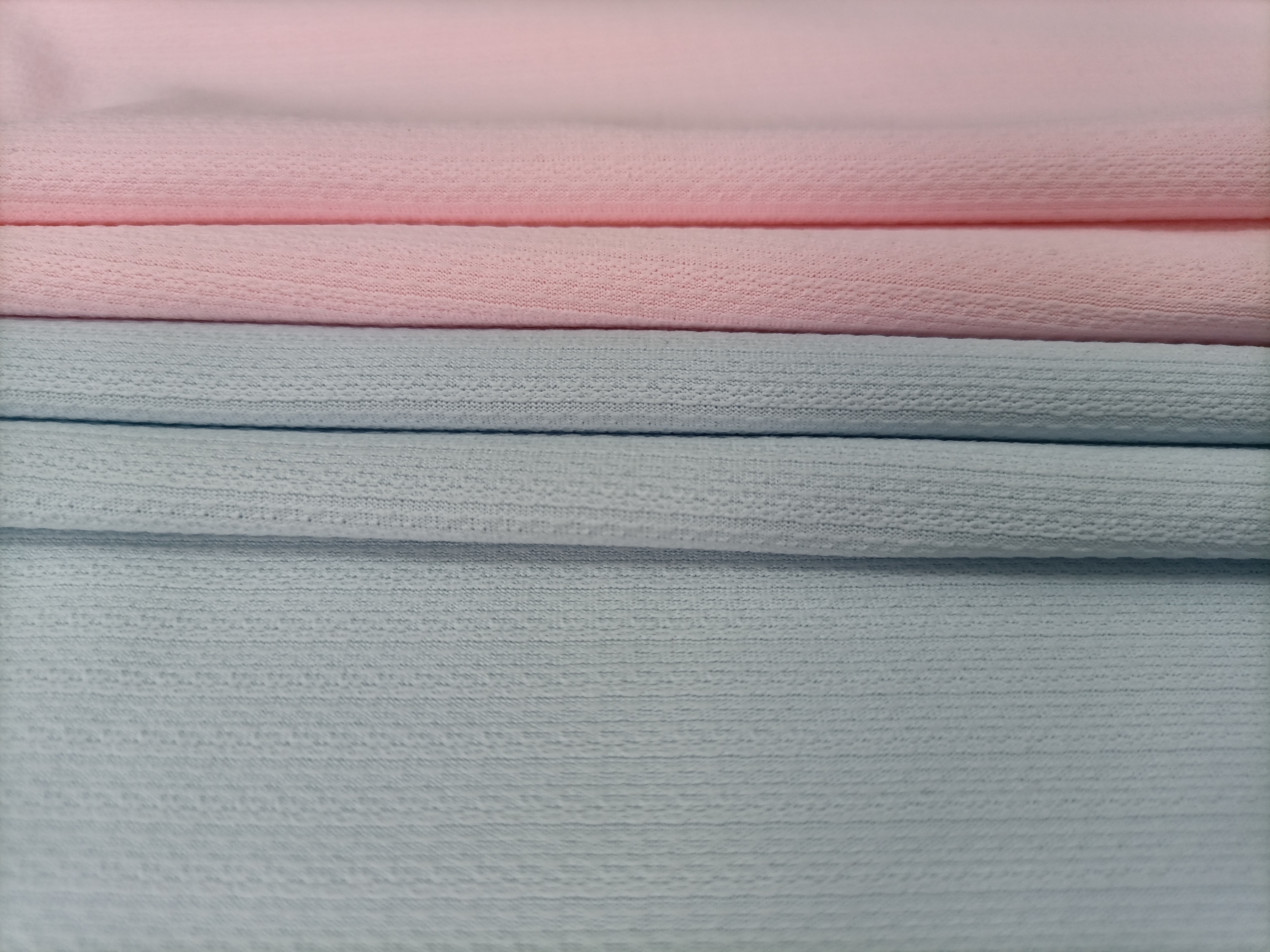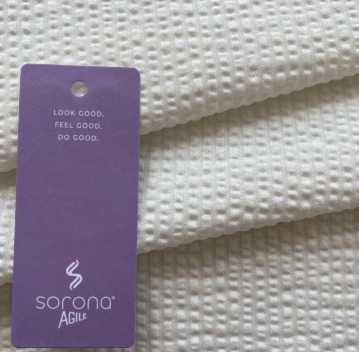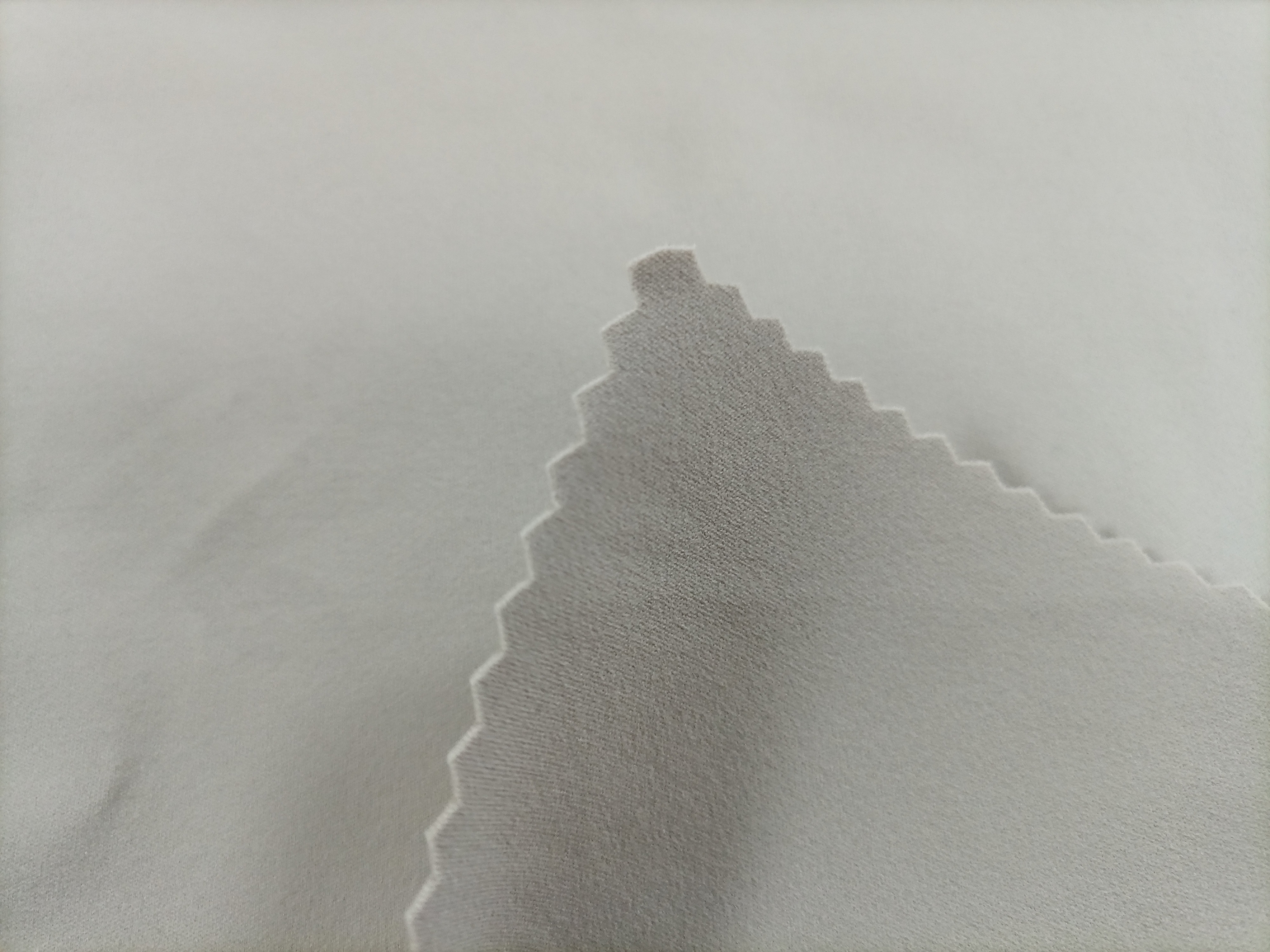Jacquard fabric
2024-12-21
**Jacquard Fabric**
Jacquard fabric is a type of textile that is characterized by intricate patterns woven directly into the fabric rather than printed on its surface. Named after the French inventor Joseph Marie Jacquard, who developed a loom that could produce complex woven designs, Jacquard fabric has a rich history and a wide range of applications in fashion, upholstery, and home décor. This article will explore the origins, characteristics, uses, and modern developments of Jacquard fabric.
One of the defining characteristics of Jacquard fabric is its ability to create complex, multi-colored designs. The fabric can feature intricate floral patterns, geometric shapes, or even pictorial scenes, all woven directly into the material. This is achieved through the use of various weaving techniques, including damask, brocade, and tapestry. The texture of Jacquard fabric can vary significantly depending on the materials used and the weaving method employed, resulting in fabrics that can be soft and luxurious or more structured and robust.
Jacquard fabric is made from a variety of fibers, including cotton, silk, wool, and synthetic materials. Each fiber imparts different qualities to the fabric, affecting its appearance, durability, and care requirements. For instance, silk Jacquard is known for its luxurious sheen and softness, making it a popular choice for evening wear and high-end fashion. On the other hand, cotton Jacquard is often used for home textiles, such as tablecloths and curtains, due to its durability and ease of care.
The versatility of Jacquard fabric extends to its applications in various industries. In the fashion world, Jacquard is often used to create elegant dresses, jackets, and accessories. Designers appreciate its ability to hold intricate patterns while providing structure and drape to garments. In interior design, Jacquard fabric is commonly used for upholstery, curtains, and decorative pillows, adding a touch of sophistication to any space. Its durability makes it suitable for high-traffic areas, where both aesthetic appeal and functionality are essential.
In recent years, advancements in technology have further transformed the production of Jacquard fabric. The integration of computer technology into weaving has enabled designers to create even more complex and detailed patterns with precision. Digital Jacquard weaving allows for rapid prototyping and customization, giving designers the flexibility to experiment with new ideas and styles. This has opened up new possibilities for both established brands and emerging designers, allowing them to push the boundaries of traditional Jacquard fabric.
Despite its modern developments, Jacquard fabric still maintains a connection to its historical roots. Many artisans and weavers continue to produce Jacquard fabric using traditional methods, preserving the craftsmanship and artistry that defines this textile. Handwoven Jacquard pieces are often considered unique works of art, showcasing the skill and creativity of the artisan. This blend of tradition and innovation ensures that Jacquard fabric remains a beloved choice among designers and consumers alike.
In conclusion, Jacquard fabric is a remarkable textile that embodies both artistry and functionality. Its intricate patterns and diverse applications make it a staple in the fashion and interior design industries. From its historical origins with Joseph Marie Jacquard to its modern technological advancements, Jacquard fabric continues to evolve while retaining its timeless appeal. Whether used in a stunning gown or a beautifully upholstered chair, Jacquard fabric adds a layer of sophistication and elegance to any design. As we move forward, it will be exciting to see how this versatile fabric continues to inspire creativity and innovation in the world of textiles.
Related News











